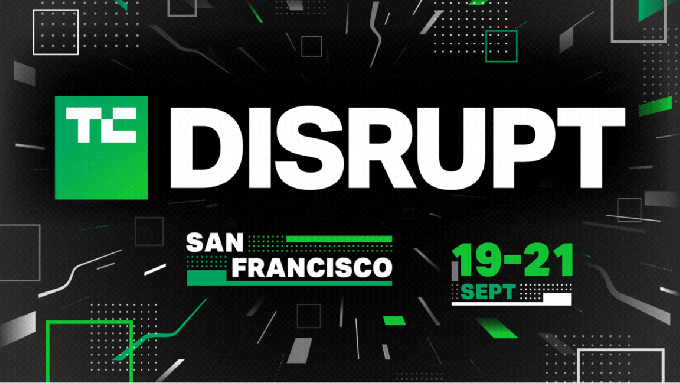Battle for P&L ownership
The report’s authors aren’t altering their prediction that 70% of Fortune 1000 will have a CPO by 2027. But they are venturing another bet: that 70% of CPOs will have P&L ownership by 2028. P&L stands for profit and loss; in corporate lingo, this means a prediction that CPOs will increasingly own more business outcomes.
This change might already be happening, with the report finding that 31% of CPOs are accountable for P&L. However, it also points out that this shift in ownership “has resulted in tension in the C-suite.” That’s because “as a CPO starts to take on more responsibilities, that takes power away from others including the chief revenue officer, customer support, and potentially onboarding teams.”
CPOs can argue that they have a better understanding of what customers want. This hasn’t always been the case; just look at marketing and sales teams. But with product-led organizations, this is more and more often true, and arguably for the best.
Having a “direct line to customer insights allow[s] product teams to be proactive rather than reactive,” the report argues, noting that CPOs often make this a priority these days. For instance, Roofstock CPO Anthony Enzor-DeMeo asks PMs to participate in a certain number of customer interviews each week.
However, CPOs aren’t getting closer to just customers; they have also become closer to CEOs. “In the best companies,” the report said, “the CPO is not just a voice in the C-suite anymore, but the key partner to the CEO in ensuring the long-term viability and success of the business.”
When responsibilities include product as well as business outcomes and even driving M&As, it is no wonder that CPOs can now consider a CEO role as their logical next career step. This makes me think that YouTube’s high-profile exec shuffle may be the latest of many.
|




